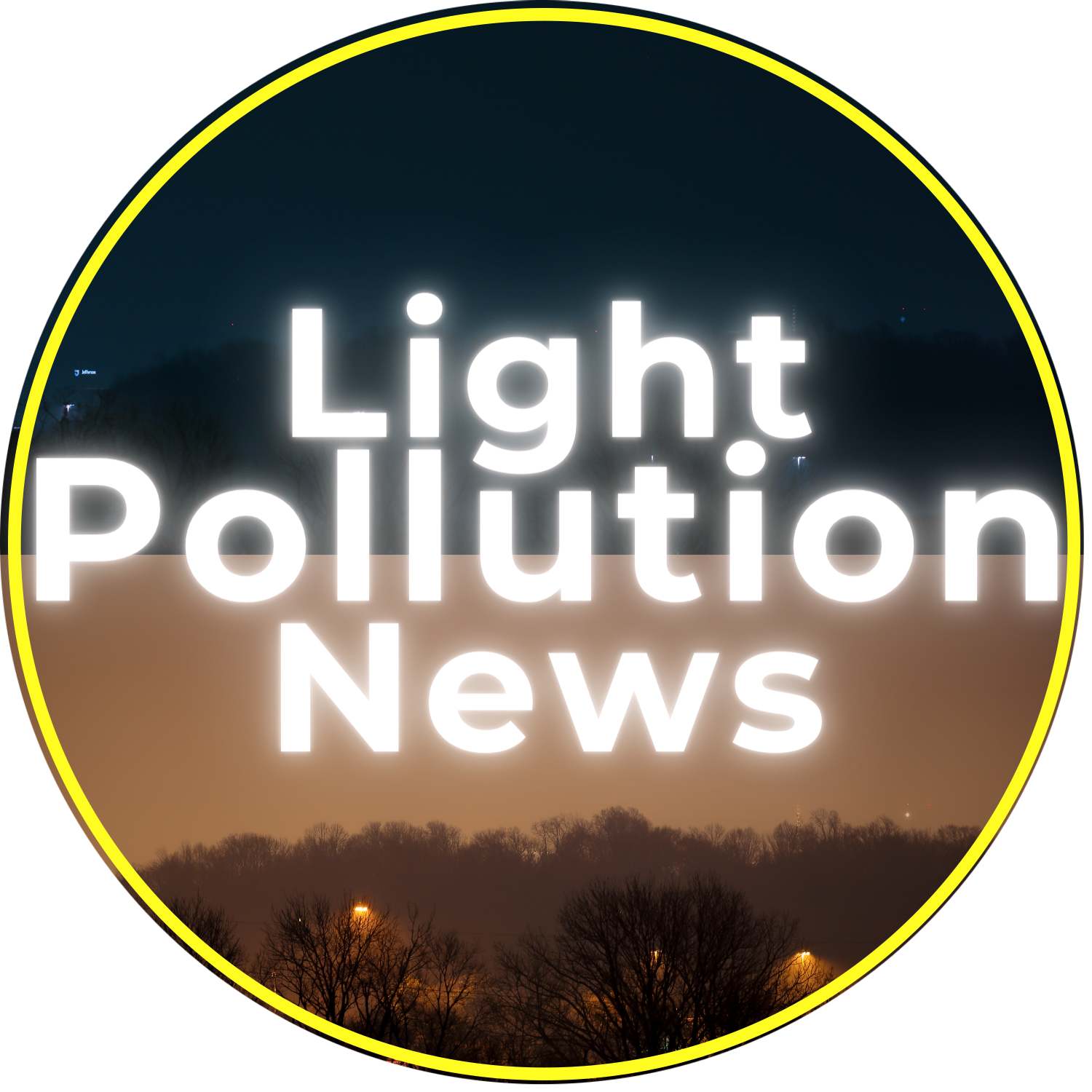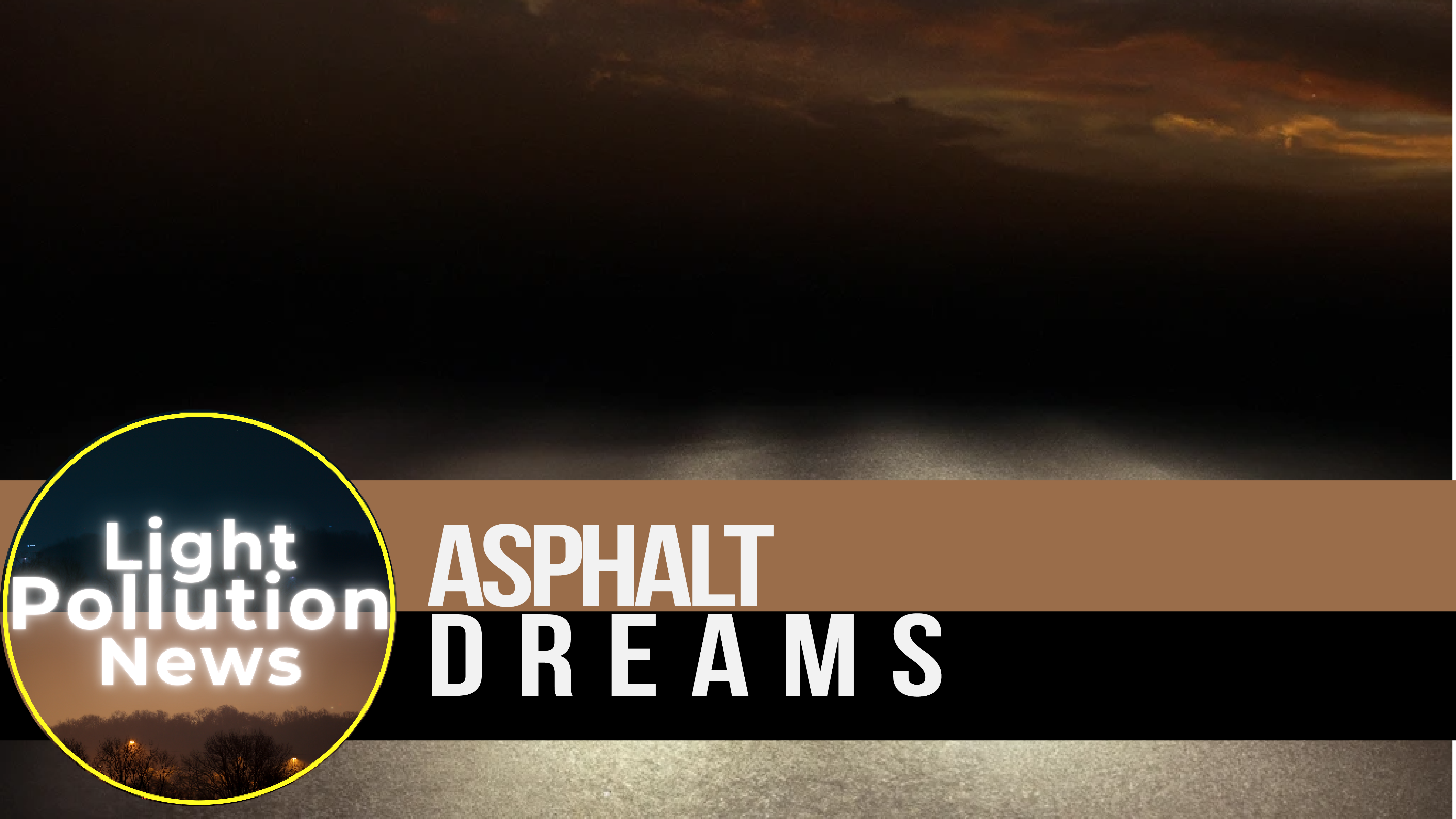
Join the conversation at r/lightpollutionnews or Follow us @Light.Pollution.News.

November 2023: Asphalt Dreams!, Light Pollution News.
Host:
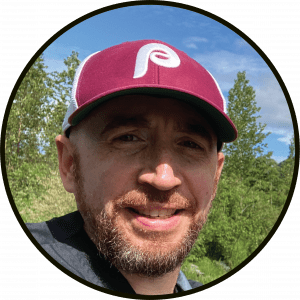
Bill McGeeney
Guests:
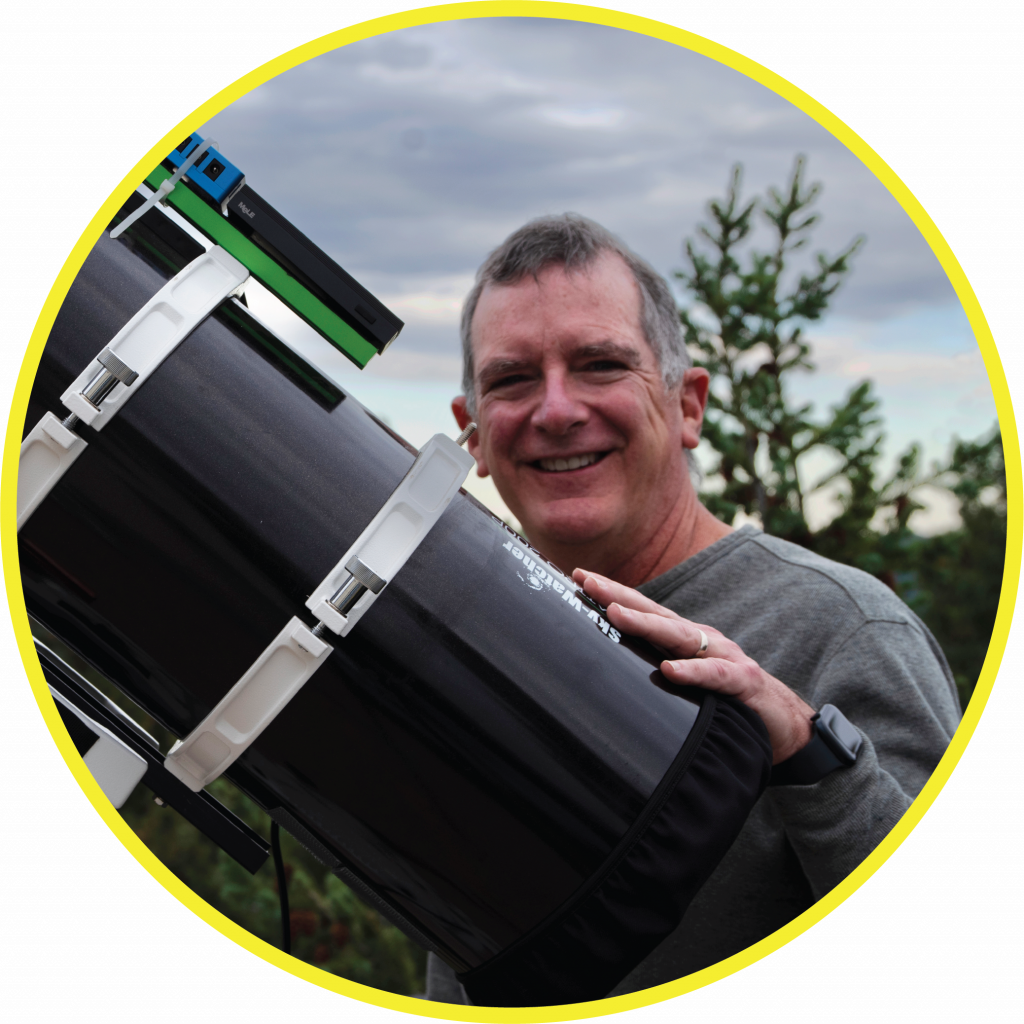
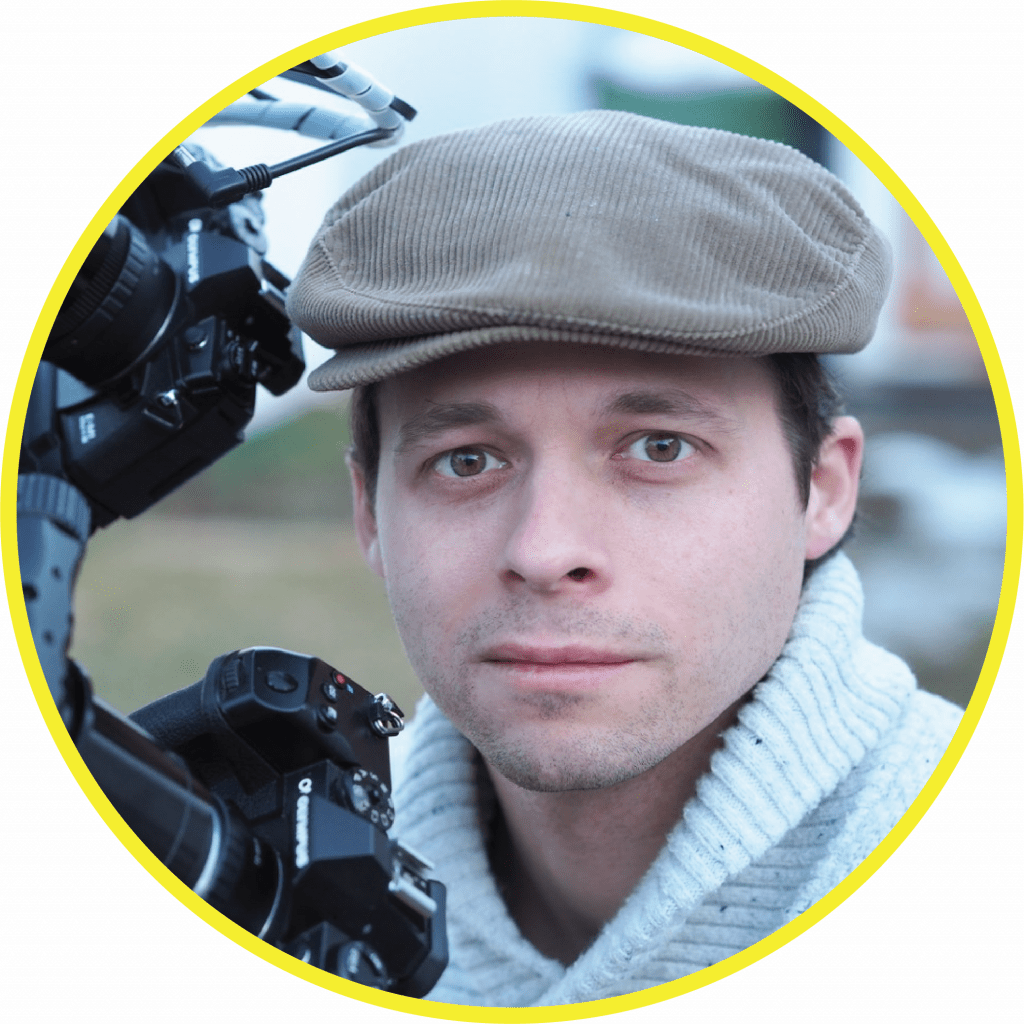

Frank Turina
Frank Turina, an astrophotographer, night sky advocate, and environmental educator with more than 15 years of working with the United States National Park Service Night Skies Program. You can learn more about his examinations of the ecological and cultural effects of light pollution from his website, at Darkskyastrophoto.com.
Ben Chappell
Ben Chappell of the Narrowband Channel started imaging with film in the late 90 and early 2000s. Former professional photographer at Chickadee Lane Photography in beautiful Skaneateles NY, Chappell also taught photography classes while in graduate school. Armed with a degree in graphic design, Chappell works in trade show and exhibit industry booth design. Chappell is a member of the Astronomical Society of Harrisburg.
Matthias Schmitt
The night sky program manager for the National Park Service at Cedar Breaks National Monument. Schmitt has been passionately involved in astronomy outreach and public events in astronomy, STEM, and space sciences for over ten years. An avid eclipse chaser, Schmitt has travelled to Australia, Antarctica, Oregon, Argentina, Oman, and other locations to observe total and annular eclipses. Previously, Schmitt was the Executive Producer of the CGI-animated STEM television show Space Racers. Schmitt holds a Master of Science in Astronomy from Swinburne University’s Centre for Astrophysics and Supercomputing. He is a member of the American Association of Variable Star Observers (AAVSO), the American Astronomical Society (AAS), the St. George Astronomy Group, and the Amateur Astronomer Association of New York.
Article List:
- While Las Vegas inaugurates its Sphere, London residents push back on plans for replica venue, Duarte Dias, CBS News.
- MSG Sphere.
- Fury at plans for Las Vegas-style 300ft-high ‘Crystal Ball’ in Stratford that will be covered in glowing animated adverts for next 25 years – as neighbours blast developers’ ‘insulting’ offer of blackout blinds, Matthew Lodge, Daily Mail.
- Knicks, Rangers owner Dolan opens up on owning teams, business practices, Sports Business Journal.
- Everything you should know about the Sphere: Las Vegas’ multi-billion dollar entertainment venue, Theo Farrant, EuroNews.
- DuPage Forest Preserve District takes pragmatic approach to safely reducing light pollution, Beth Schirott, Daily Hearld.
- Breckenridge officials aim to become a certified dark sky community, Kit Geary, Summit Daily.
- Mitigating urban light pollution: A review of municipal regulations and implications for planners, Journal of Urban Affairs.
- DEPARTMENTOFCITYPLANNING RECOMMENDATIONREPORT
- Commissioners kill controversial proposal for LED billboards in downtown Miami, Heather Walker, NBC 6 South Florida.
- Impacts of light pollution on space research in Los Angeles, Joy Benedict, CBS Los Angeles.
- LA County Rural Outdoor Lighting District.
- Metro’s hope for dozens of digital billboards in Los Angeles clears a hurdle, Linh Tat, Daily News.
- L.A. planning commission backs plan for 80 digital billboards on Metro sites, David Zahniser, Los Angeles Times.
- Huge new satellite outshines nearly every star in the sky, Shannon Hall, Nature.
- Further Understanding BlueWalker 3’s Impact on Astronomy, CPS.
- The high optical brightness of the BlueWalker 3 satellite, Nature.
- Astronomers sound alarm over light pollution from huge new satellite, Nicola Davis, The Guardian.
- Little-known medical condition that only reveals itself at night could affect millions, Antony Thrower, The Mirror.
- Pennsylvania Knights Build Observatory at VA Hospital, Knights of Columbus Supreme Council.
- Understory | The Movement to Save Our Night Skies, Baratunde Thurston, PBS.
- This little Las Vegas claims a large presence in New Mexico’s history, landscape — and skies, Mary Ann Anderson, Hawaii Tribune Herald.
- VIDEO: Hehuan Mountain faces removal from the International Dark Sky Park list, Amber Hatfield, Radio Taiwan International.
- The Biden administration says it is using executive power to allow border wall construction in Texas, Valerie Gonzalez, Associated Press.
- Birders’ Joy Turns to Shock as Massive Migratory Wave Leads to Mass Mortality Due to Collisions With Chicago Buildings, Patty Wetli, WTTW.
- More than 1,000 birds killed in one night after hitting the same Chicago building, Zoe Scottile, CNN.
- Nearly 1,000 migrating birds died after crashing into Chicago building, Clare Marie Schneider, NPR.
- A Casino on the River Is No Better Than on the Lake, Some Chicago Environmentalists Say, Patty Wetli, WTTW.
- New York’s plan to save birds from crashing into buildings: lights out, Aliya Uteuova, the Guardian.
- NEXT BIG STEPS FOR LIGHTS OUT LEGISLATION IN NEW YORK CITY, Suzanne Charle, NYC Audubon.
- Phenotypic signatures of urbanization? Resident, but not migratory, songbird eye size varies with urban-associated light pollution levels, Global Change Biology.
- Researchers want to see through the eyes of baby turtles, Benjamin Payne, NPR.
- Light pollution threatens coastal marine systems, ScienceMag.
- Daytime fishers, nighttime bobcats – wildlife changes when humans spread into the woods, David Brooks, Concord Monitor.
- The colour temperature and placement of LED lighting near rivers can reduce attraction of flying adult caddisflies, Freshwater Biology.
- Species-specific responses of mammal activity to exurbanization in New Hampshire, USA, Journal of Urban Ecology.
- How light pollution impacts the world around us | Witness Documentary, Al Jazeera.
- This Minimalist Floor Lamp Is Reminiscent of a Street Light, Vy Yang, Design Milk.
- You don’t know who could be lurking’: Street light safety issue fixed near 45th & Browne, KETV.
- Lander seeking all new LED Street Lights for Light Equity Across Town, Marit Gookin, WyoToday.
- Street lighting provides a strong foundation to make cities smart, livable and sustainable, Scott McCarley, Cities Today.
- Exploring the construction of urban artificial light ecology: a systematic review and the future prospects of light pollution, Environmental Science & Pollution Research.
- Ford files patent for unique roof lighting system, Tom Fraser, Drive.
- Eufy Advertisement.
- Outbound Lighting Detour Review: Won’t Blind Drivers, Unlimited Runtime, Seiji Ishii, Gear Junkie.
- A reflection on stillness, at a northern Michigan church that preserves dark skies, Ed Ronco and Max Copeland, IPR.
- Bake a cake, see the stars in Exmoor’s unique baking competition, Lewis Clarke, Devon Live.
- This U.S. State Has a Stargazing Route That Connects 2 International Dark Sky Parks and Starry Small Towns — and It’s the ‘Starry-est Route in America’, Evie Carrick, Travel & Leisure.
- This South American Country Is Often Called The ‘Astronomy Capital Of The World’, Evie Carrick, Travel & Leisure.
- Watoga State Park to hold dark sky party, Micah Leith, WOAY.
- Dennis Mammana: Here’s How to Mine the Sky for Charles Messier’s Gold Mine, Dennis Mammana, Noozhawk.
U2 opened a multi-month residency at the Sphere by performing their 32 year old Achtung Baby album.
For those of you at home who aren’t aware, I used to promote a small venue in suburban Philadelphia. One of our acts, who I’m still connected to on Facebook, went to one of these shows.
Gathering from what they were posting, which included phenomenal visuals, I got to ask – would it be a fair assertion to say that the Vegas Sphere will have concert venues rethinking the stale amphitheater concert experience?
The inside of the Sphere appears to be a surreal, fantastical experience. And knowing us humans and our moth like obsession with led screens, this place is sure to tap a vein of sensory overdrive.
On the outside, however, a visual lollapalooza ensues. A display made up of 1.2 million hockey puck sized LEDs that work in unison to create fluid and super realistic videos wrapped around a gigantic ball. It’s unique, creative, and remarkably excessive.
The super bright sphere has already become a tourist attraction! It’s actually been causing traffic jams as people jump out of their car to snap videos of the nighttime spectacle to their friends on social media!
I’m sure we will see that magic in full display when F1 comes to town for a thrilling weekend of passless racing!
The idea of the Sphere came from billionaire, James Dolan of Madison Square Garden, the same organization that allegedly uses facial recognition to ban opposing lawyers from entering the venue.
There’s really no way around it, this ball is bright! Which is exactly why residents of London haven’t been thrilled with what they’ve seen.
Per CBS News, the group named, “Stop MSG Sphere” is “terrified” from what they saw in Vegas. If you’ll recall, MSG, the same folks who have a stake in the Knicks and Rangers, were planning to build what’s been dubbed by Londoners, the “MSG Sphere.”
Residents believe that the MSG Sphere will “severely blight the area” and surmise that the venue proposal really isn’t at all about a venue as much as it may become a device for pumping non-stop advertising into a highly populated area.
MSG, seeing community push back, is really pulling out all the stops to get this thing approved. MSG cites upwards of 3,200 jobs to train youths on entertainment industry skills, such as rigging and sound systems. MSG plans to pour money into infrastructure improvements around Stratford.
And most importantly, you guys will appreciate this, MSG will offer blackout currents to residents.
The proposed sphere would stand higher than the Statue of Liberty and house 20,000 capacity.
I’ll offset talk of the Sphere with some small grassroots efforts that we saw this past month. We have some good news from suburban Chicagoland, where the Forest Preserve District of DuPage County is budgeting major dark sky upgrades for some of the lit areas managed by the district.
Breckenridge is attempting to become a certified Dark Sky Community, a feat that is estimated to cost the town around $3.6M in presumed retrofits and other compliance related activities. Breckenridge started down this journey back in 2007 and originally set the deadline for compliance by 2022, but has since moved the finish line to 2025.
A new study in the Journal of Urban Affairs offers up some practical guidance for communities to mitigate light pollution, building upon the example of Flagstaff, Arizona.
There’s a small movement in Los Angeles County to enforce light pollution mitigation for unincorporated communities. Los Angeles County, surprisingly has a light pollution ordinance on the books dating back to 2012.
The new push is a focus on rural communities within the County, specifically to create a zone of responsible lighting. I suppose the county is using this as a test to see community responses to such policies before dipping their toes into larger municipalities.
It appears that the little victory within the county was offset by a new electronic billboard scheme, where the city of Los Angeles would participate in a revenue share with the regional transit agency, Metro. The plan is to install upwards of 86 digital billboards on 49 structures placed in Metro areas, allowing billboards to supercede local ordinances prohibiting such advertising.
It’s drawn split responses in Los Angeles, whereby community backlash was offset by stakeholders, including financial benefactors – city government and ironworker/electrical worker unions. The situation appears to remain fluid for the time being, though – despite 15 neighborhood councils voicing opposition, it breezed through the Los Angeles Planning Commission.
Quite the opposite news from Miami though, residents persuaded their elected officials to reverse their plans. If you’ll recall, well the last time you were on the show Frank, the City of Miami toyed with putting in new, large billboards across its public land, including in parks!
Well good news, that plan has been shot down! Miami residents cited a loss in reduction in quality of life from the billboards and since have won out!
When observed three times over the past year, the Blue Walker 3 satellite had a magnitude of brightness of .4, 6, and .4.
For those of you at home who are not familiar with the star brightness magnitude scale, bright objects range from -4.6 (Venus) to 2 (North Star). Blue Walker 3 crossed at a brightness of .4 twice! That’s very bright!
Keep in mind, the magnitude scale is logarithmic, so when I say .4 versus a magnitude of 6, we’re really saying that the .4 was 100x brighter than the 6 magnitude pass. The IAU, the International Astronomical Union, recommends that all satellites in Low Earth Orbit do not exceed a brightness of 7.
The good news here is that a stakeholder coalition formed in April of 2022, the CPS, has been working with the makers of Blue Walker 3, AST SpaceMobile.
On the face of things, it appears that AST is receptive to the concerns of Astronomers. Although, AST plans to launch upwards of 90 of these large satellites for their broadband network, nicknaming the constellation the “Bluebirds.”
You gotta love the gumption of these satellite companies, too.
AST’s mission statement sounds like a trite AI generated company moto – AST “aims to alleviate poverty, spur economic development and save lives.”.
May God Bless them. And I hope they can cure cancer along the way.
All of this entered into the news due to a recent study that assessed the brightness of the Blue Walker antenna unfolding and the relationship of the satellite brightness by its “height above the horizon and the angle shared by the observer, satellite, and the sun.”
Noctalgia comes to us from a letter prior guest, John Barentine, helped author. I think I may be able to safely tell you who doesn’t have Noctalgia, and that is the VA Healthcare System in Pittsburgh, Pennsylvania.
Check this story out!
Did you know that “84% of US Military veterans suffer from moderate to severe depression,” resulting in 20 suicides per day, culminating in 7300 suicides over the span of a year. And apparently, depression tends to rise at nighttime.
The Knights of Columbus, a Roman Catholic fraternal service order, raised $85,000 to put in an observatory for the Pittsburgh Veterans Affairs Hospital system.
In partnership with the Amateur Astronomers Association of Pittsburgh, many vets now have a way to exorcise their nighttime demons without turning to alcohol or other substances. Let’s take a listen to the clip
Did you guys see this one? PBS’s America Outdoors with Baratunde Thurston ran a great video on the town of Paonia, Colorado. Paonia is attempting to become certified as a Dark Sky Community.
The video, which runs for 13 minutes, showcases the town’s efforts to reduce sky glow for both human enjoyment and ecological sustainability.
The video tells the story of Aaron Watson who left light polluted Rhode Island for the starry skies of Colorado. Once in Colorado, the skies so inspired him, that he took up astronomy as a hobby and became the chair of Dark Sky Colorado.
Paonia is probably a bit different than most communities in America, though. For one thing, only around 1500 people live there.
Second, in the video, one lady expressed her concern about ordinance overreach. If that were around places like DC or here in Philly, I expect her concerns to the be the overwhelming majority.
The quest to protect a natural night appears to be taken up by many rural communities. Take for instance, Las Vegas, New Mexico, which openly boasts of its dark sky ordinances to protect its unique rural spirit.
Far away from New Mexico, over in Taiwan, Hehuan Mountain recently had a scare. LED street signs remained on over night, painting parking and road areas in bright red and greens. The issue was big enough to cause a stir and warning from the Taipei Amateur Astronomers Chair, Liu Chih-an, who warned that such lighting could erode the mountain’s Dark Sky Status. Thankfully, It appears that a system error caused the road sign lighting to remain on all night, when they were programmed to be inactive. However, the article references the construction of a nearby military base as having negatively affected night skies.
Which, on the same note, I should mention here in the US, the Biden administration appears to have fast tracked border wall construction. You’ll recall a few months back, an environmental group named the Center for Biological Diversity, scored a big victory by having the Customs and Border Patrol construction plans follow environmental reviews.
Well, in fast tracking the border wall, President Joe Biden has essentially tossed all environmental concerns out the window, waiving 26 federal laws to expedite construction. That doesn’t sound promising for the hopes of nighttime ecologies down there.
Moving on to Ecology. Big big news this month, very sad news coming out Chicago. Per CNN, “More than 1,000 birds killed in one night” at ONE Chicago building, McCormick Place. I should note that other sources cited just under 1,000, but the impact remains.
McCormick Place, the convention center complex in Chicago, evidently has a gruesome history of bird deaths. Over the last 40 years, the McCormick Place complex has killed 40,000 birds.
From NPR, the Lights Out program in Chicago is great, provided no one needs to turn off their lights! Well, that’s a glaringly bright problem with Lights Out, wouldn’t you say?
The McCromick Place cites good intentions, except for when they have events taking place.
While Chicago’s Lights Out is voluntary and appears to be abused by certain greenwashing participants, New York City is attempting to push through INT 1039, a mandated lights out program. This legislation would impact lower and midtown Manhattan, where the vast majority of bird deaths occur.
According to Audubon NYC, the legislation is able to answer “many complaints that the real estate industry has about Lights Out,” including:
- A small business exemption
- A landmark exemption.
- Any building over 20 stories can apply for a waiver.
- Security lighting for aircraft, which seems logical.
- And, I can see this one really being misused, the infamous public safety out – namely that interior and exterior lights must be kept on to provide safety for employees in the buildings. Let’s be honest, who’s going to turn off the lights when people are working. It’s when they’re not you have to wonder.
None the less, overall, is this a good start?
Well, not to stray too far from the topic of birds and ALAN, it’s been found in the journal, Global Change Biology, that resident birds, namely the Carolina Wren and Northern Cardinal appear to have adapted to their bright night environments – their eyes have shrunk!!!
Ok, enough talking about birds for a bit. Let’s switch over to seaside ecology.
NPR ran a great piece on sea turtles. Despite many seaside communities implementing ecologically friendly lighting, many sea turtles still do not make it from hatchling to adult. Hatchlings tend to gravitate toward light, making them especially susceptible to misdirection from beach users, nearby buildings, streetlights and more.
A common thread between these seaside communities and Chicago’s murder’s row at McCormick Place appear to derive from a fear of dissuading tourism dollars, hence resistance to implementing ecologically safe nighttime lighting practices.
As it pertains to turtles, Savannah State marine science professor, Chris Hintz is working to provide hard numbers understand how hatchlings see the world. By using long exposure shots from nesting sites, Hintz and his team developed a special program that would convert the images into how science understands what sea turtles would see.
In that case, since turtles are more sensitive to blues than humans are, the images visually have a blue hue, with the occasional saturated – light source spot sticking out.
I should also note that artificial light at night impacts sea turtles from more than just a hatchling perspective. Female sea turtles specifically seek out dark places ashore to nest in.
Continuing the ecology theme, this comes to us from the Journal of Urban Ecology. Researchers took a look at how urban sprawl impacted local wildlife.
Researchers placed “104 motion active cameras in rural and suburban locations” in New Hampshire. The team looked at 13 species including the bobcat, coyote, fisher, white-tailed deer, and more, you get the idea.
It appears that there was no uniformity in how animals behave when adapting to human incursions. Bobcats and fishers became less nocturnal while coyotes and deer became more.
Finally, on the ecological front, this one shouldn’t be new to anyone listening here. However, the temperature range might raise some eyebrows.
Researchers published a paper in Freshwater Biology that assessed LED’s impact on insects across 26 caddisfly species. Caddisflies, often a sign of aquatic ecosystem health, are nocturnal insects that use lunar light as a navigation point.
Per the study, utilization of LED temperatures 4000 Kelvin or below appeared to promote the healthiest environment for these insects. A side note, female caddisflies appeared more sensitive to light temperature than males, indicating yet again, there is no one size fits all solution to light pollution on insects.
The study posits that generally the least amount of blue light appears best.
While the study used dim LED lights for their experiment, it stated that streetlights often chime in at “100 times” the brightness used by researchers.
Before we leave the ecology front, I just wanted to mention that Al Jazeera had a really good video titled “How light pollution impacts the world around us.” Recommend you head on over to our website to grab that link and give it a watch.
Ok, hey, did you guys ever wish to experience a street light from the comfort of your own home? Well the good news is that for an ungodly amount of cash, you can purchase the Standing Lamp Marble, a domestic lamp with all the aesthetic curves of a street light! It exists friends.
This month, we had the usual fear mongering from the media, take this story “You don’t know who could be lurking!” from KETV. Well, you probably would if you didn’t fill your eyes with endless bright white lights at night, but that’s neither here nor there.
Here’s a story that did catch my eye. By Marit Gookin from WYOToday.
The small town of Lander, WY, population around 7500, like many communities across the globe, is hoping to switch over to an all LED street lighting system.
Lander is really thinking this one through. The community is looking to install responsible covers to keep light aimed where it should be, on the street.
It’s assessing the community needs, hoping to reduce the intensity of lighting in residential streets during the wee hours of the morning.
This is all at the guidance of the community development coordinator, Anne Evans. This approach contrasts greatly with a number of urban conversions back east, notably cities like Norfolk, VA – who had a you’ll get what we give you and like it mentality and Frederick, MD – who was very much the same but at least offered the option of shielding to residents.
Street lighting, like so many things in our lives, is about to head through a vast transformation. In short order, expect street lighting to transition to a smart street network utilizing the internet of things to identify everything from open parking spots, to weather, to traffic volume, to air quality meters, and even to noise pollution violations. Some cities have aggressive plans for installing cameras on every corner.
The bottom line is that what we know of as street lighting is about to change and become even more intrusive into your lives, and the argument for increased street lighting will have much greater weight.
This one comes to us from a number of sources. So….Ford is toying with the idea of putting a lit ring around the exterior roof of their cars going forward. Speculation on what it would do appear to run the gamut, including changing color when a car’s battery is charged, to “pulsing, chasing, intensifying, and fading” customizing aesthetic. Other ideas could be that the panel would signify when a human or robot driver assumed control.
That sounds like fun.
You know what’s really fun? I don’t know if you guys are on any of these mailing lists! This is an ad for Eufy lights. Eufy, is now offering permanent, programable, outdoor lighting that can paint your house, trees, and the sides of your neighbor’s house in colors for all the holidays and seasons!
Judging from the ad, it can even paint your house red if an evil intruder is spotted in your lawn! Spooky, well it is the season I suppose!
Some other technology news. Are any of you cyclists or mountain bikers?
I’m very excited by the mindset of a product like this because I do a lot of urban cycling. Over the past few years, bike lights, ie the headlight beam coming from a bike, have become bonkersly bright, upwards of 2-3,000 lumens. If you had ridden against some of these other cyclists out there, you’d understand the plight. It makes it impossible for you to see anything, much less them!
Well, it looks like one manufacturer actually put effort into a bike light, of what I hope will become a manufacturer trend. This one, Detour from Outdoor Lighting, has a horizontal cut off to focus the light beam forward and toward the trail, rather than outward at all directions.
This won’t come as a surprise to you regulars who listen to the show. By some rather simple engineering, these lights provide less but more efficient lumens than other ultrabright lights on the market.
To many consumers, bike lights are still sold based on the lumen brightness. Hopefully, that trend will shift to higher quality lighting.
Check out this story! This is without a doubt the coolest story of the month! I love this and I would surely become a parishioner!
The Archangel Gabirel Orthodox Church in Williamsburg, Michigan has a love affair with the night sky! This isn’t in some remote part of the US either, it’s adjacent to Traverse City!
The church, built in 2020, was specifically designed to allow for enjoying the starry night sky! Father Ciprian Streza, pastor of the parish, has a smartphone app that can turn off all the lights. That includes interior, exterior, and even parking lot lights!
On the night referenced in the article, folks of his congregation came together to watch the northern lights in a firepit behind the church. Unfortunately, that night ended up clouding out. However, Streza believes the stillness of witnesses something so impressive aligns with his Orthodox theology.
Per the article, “We believe that in the deep stillness, we encounter God. That’s when the stillness becomes active. So, active stillness is fundamental in our spiritual experience.”
Do any of you guys bake?
Are you looking for something unique way to celebrate your community’s dark sky status? Why not with a baking competition?
The Exmoor Dark Skies Festival, celebrating the Exmoor Dark Sky Reserve, has a baking competition for the most astronomically, or nocturnal wildlife themed cake. A very tasty way to celebrate a natural resource, if I do say so!
How about this? For your next road trip, why not take the Park to Park in the Dark astronomy route in Nevada?
It’s a 300 mile journey that can be completed in 5 hours connecting Death Valley to Great Basin National Parks! Along the way, you’ll pass through 5 small towns, including the town of Tonopah, which has its very own stargazing park!!
And what about Diamondfield and Gold Point – two ghost towns that I’d bet make for great settings for milky way landscape shots!
I have a couple more astro-tourism spots I wanted to touch on. First, this one is just for you Frank and we’ll see if you agree.
Is Chile really the “Astronomy Capital of the World?”
Well, to any of you looking to book your trip of a lifetime, Travel & Leisure ran this great article on some ideas on where to stay!
How about at the Elqui Domos? Here you have the option of staying in a retracting roofed geodesic dome OR an observatory style cabin whereby you can go to bed by starlight.
Or, what about Explora Atacama, which has an observatory housing a 16” F/10 Meade!
Sign me up! Where do you fly in for this?
I also want to point this one out. The event happened prior to our recording, but I know the fine people of West Virginia are working hard to help promote their state as a starry sky destination. I love what they’re doing, but they are not the most adept at getting the word out, god bless em none the less!
Watoga State Park, a brilliant state park I might add, held a dark sky festival back in late September. So glad to see the momentum down there. I really hope it snowballs!
So, what do you do when you’re actually in one of these starry sky nights? Do you sit around by the campfire and just take it in? Do you set up your camera and shoot star trails?
I know what you do, Ben! But how about this for folks who are just experiencing a natural night for the first time?
There’s a well known list of some of the out right coolest objects in the nighttime sky called the Messier list. It’s named after an 18th century comet hunter who painstakingly documented them so you wouldn’t have to!
I want you to check out this month’s piece from Noozhawk by Dennis Mammana entitled “Here’s How to Mine the Sky for Charles Messier’s Gold Mine.”
Seeing the starry sky from your chair is barely scratching the surface. But with a pair of binoculars, next time you head out to a dark sky place, try and see if you can find all of these clusters, nebulas and galaxies. It’s something to behold!
